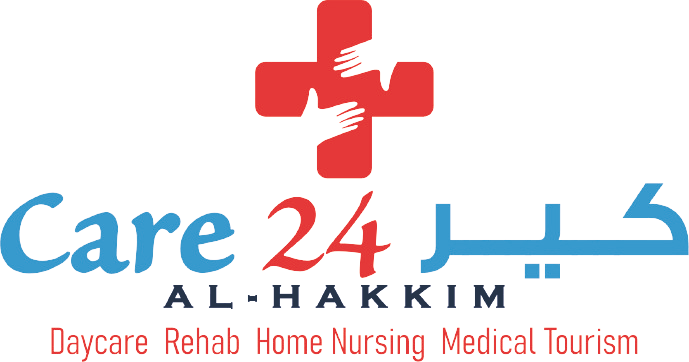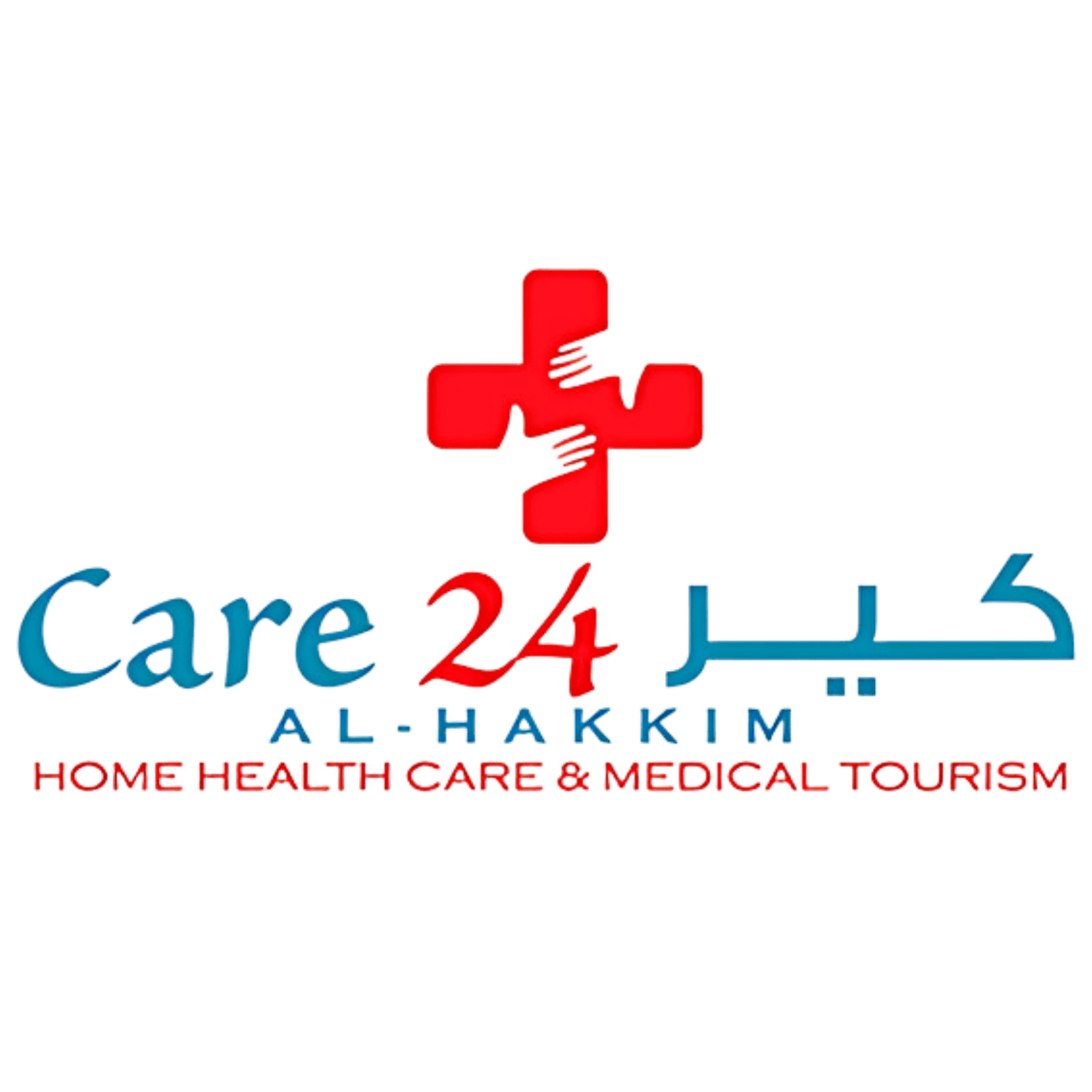Physiotherapy for Artificial Limb Patients
Benefits of Physiotherapy for Artificial Limb Patients
Physiotherapy for Artificial Limb Patients
Physiotherapy plays a vital role in the rehabilitation and adjustment process for individuals using artificial limbs (prosthetics). The primary goals are to help patients adapt to their prosthetic limbs, enhance functionality, and improve overall quality of life.
Physiotherapy is essential for individuals using artificial limbs, providing support for adaptation, functional improvement, and overall well-being. By focusing on prosthetic training, gait and balance, strength and endurance, pain management, and education, physiotherapy helps patients maximize the benefits of their prosthetic limb and improve their quality of life.
Benefits of Physiotherapy for Artificial Limb Patients
- Improved Functionality: Enhanced ability to perform daily activities and tasks with the prosthetic limb.
- Increased Mobility: Improved walking patterns and overall mobility.
- Pain Management: Reduced discomfort and pain associated with the use of the prosthetic limb.
- Enhanced Strength and Endurance: Increased muscle strength and endurance to support the use of the prosthetic limb.
- Better Adaptation: Successful adjustment to the prosthetic limb and improved quality of life.
- Greater Independence: Enhanced ability to perform self-care and daily activities independently.
Key Areas of Focus in Care 24 Physiotherapy for Artificial Limb Patients
Prosthetic Training
- Prosthetic Fit and Adjustment: Ensuring that the prosthetic limb fits well and is comfortable. Physiotherapists work with prosthetists to adjust the fit and alignment of the limb.
- Training in Use: Teaching patients how to use their prosthetic limb effectively, including how to perform daily activities, walk, and use the limb in various tasks.
Gait Training
- Walking Techniques: Teaching proper walking techniques with the prosthetic limb to ensure smooth and efficient gait.
- Balance and Stability: Exercises to improve balance and stability, which are crucial for safe and effective use of the prosthetic limb.
Strength and Endurance Building
- Muscle Strengthening: Strengthening the muscles around the residual limb and in the opposite limb to support the use of the prosthetic.
- Endurance Training: Exercises to improve overall stamina and endurance, which are important for activities of daily living.
- Joint Mobility: Exercises to maintain or improve the range of motion in joints, particularly around the residual limb.
- Stretching: Techniques to prevent stiffness and improve flexibility in both the residual limb and the opposite limb.
Pain and Sensation Management
- Pain Relief: Methods such as massage, heat/cold therapy, and electrical stimulation to manage pain associated with the use of a prosthetic limb.
- Desensitization: Techniques to help the residual limb adapt to the prosthetic socket, reducing discomfort and sensitivity.
Functional Training
- Daily Living Activities: Training to perform everyday tasks such as dressing, grooming, and cooking with the prosthetic limb.
- Adaptive Strategies: Developing strategies and techniques to handle tasks and activities more efficiently with the prosthetic limb.

Your health is our priority. We offer compassionate care and personalized treatment plans.
Address
-
CARE 24,
Majan 1 Building, Al Jami Al Akbar St, Ghala
Contact
- 92237971 | 24505323
- care24@alhakkim.com
- arabhealth@alhakkim.com




